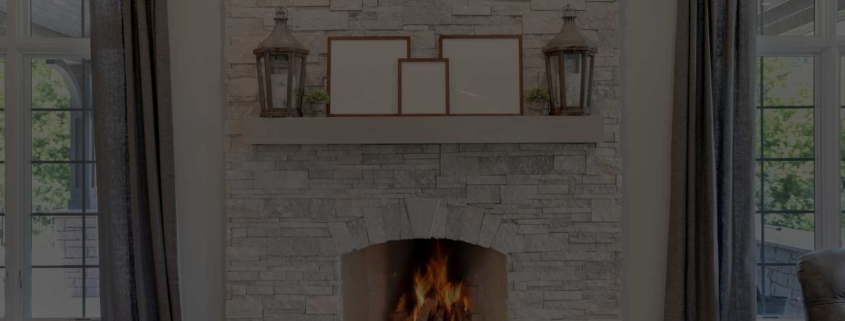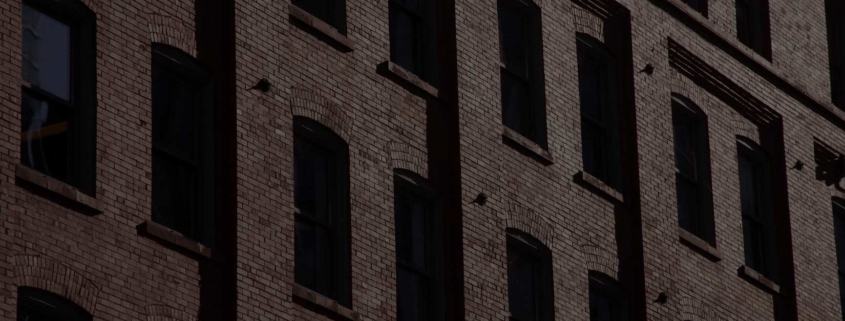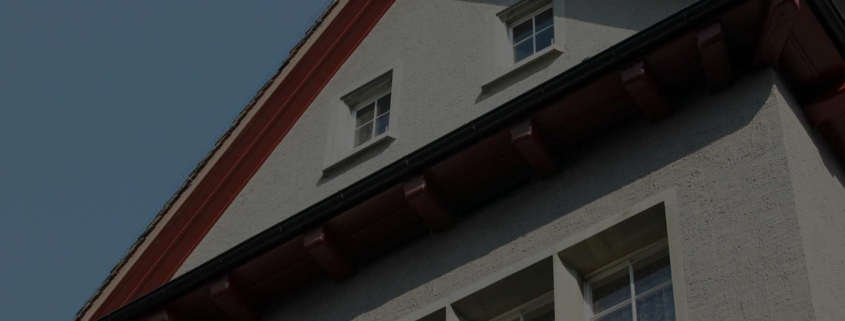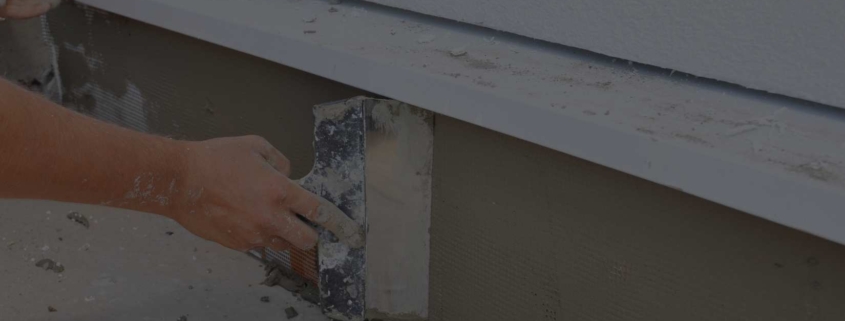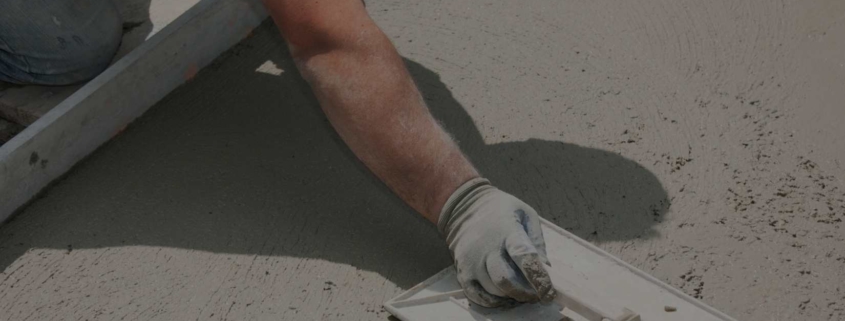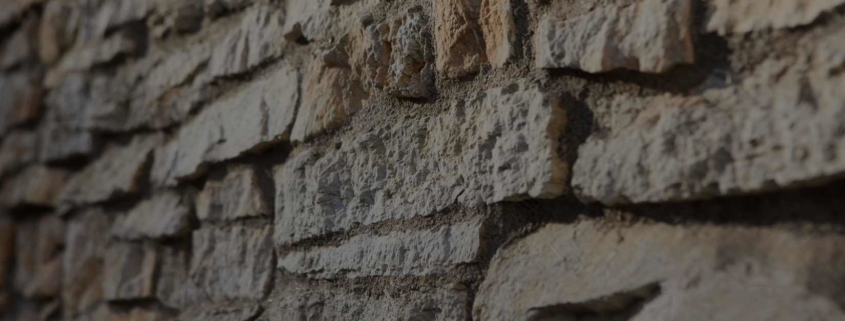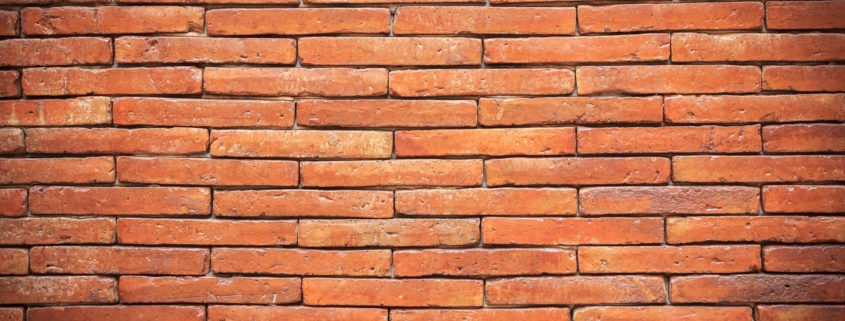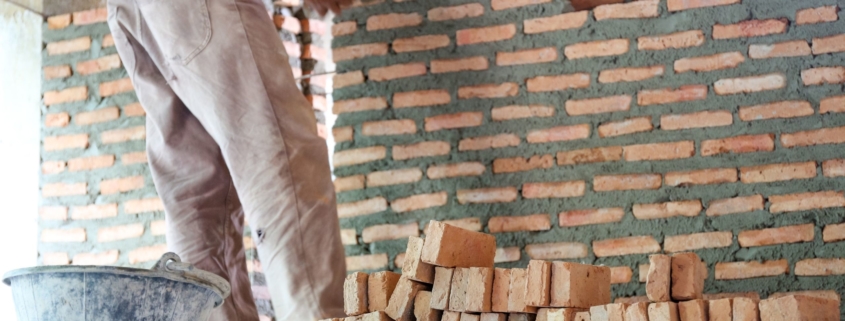A crackling fire on a chilly evening offers warmth, comfort, and a distinct sense of home. However, the unsung hero that makes it all possible – your chimney – requires regular care and attention to maintain its function and ensure the safety of your home. Overlooking chimney maintenance can lead to various problems, ranging from poor fireplace performance to hazardous outcomes like fires or carbon monoxide poisoning. By educating yourself on chimney maintenance and restoration, you’ll not only optimize the enjoyment of your fireplace but also safeguard your home and loved ones.
In this blog, we delve into the significance of chimney maintenance, inspection, and restoration, providing homeowners with crucial insights and practical advice. We will discuss common chimney issues and their appropriate solutions, helping you make informed decisions when it comes to assessing the health of your chimney. Furthermore, we’ll shed light on the chimney restoration process and share essential tips for caring for your chimney in the long run.
In partnership with Red Robin Masonry, Toronto’s most trusted masonry company, you can ensure expert care of your chimney for years to come. Whether you require an inspection, repairs, or a full restoration, trust our team to deliver safe, effective, and time-tested chimney services. Combining exceptional craftsmanship, attention to detail, and a commitment to your satisfaction, we’ll help you keep your chimney in peak condition, providing warmth and well-being for you and your family.
Understanding the Importance of Chimney Maintenance
Regular chimney maintenance is vital for more than just the simple satisfaction of a blazing fire. Here are some key reasons why maintaining your chimney is essential:
- Safety: Buildup of creosote, a byproduct of burning wood, can lead to dangerous chimney fires if left unchecked. Additionally, a blocked chimney can cause harmful carbon monoxide backdrafts into your home.
- Efficiency: A clean, properly maintained chimney allows for optimal airflow, ensuring that your fireplace or furnace performs efficiently and effectively.
- Structural integrity: Over time, chimneys can experience structural wear, brick deterioration, and water damage. Regular maintenance and repairs help address these issues and prevent costly, more extensive future repairs.
- Resale value: A well-maintained chimney can boost curb appeal, ensuring that your home remains an attractive prospect for potential buyers.
Chimney Inspection: Identifying the Need for Repairs or Restoration
Scheduling regular chimney inspections can provide early warning signs of potential problems, allowing for prompt repairs and minimizing risk factors. Here are essential details to keep in mind when planning a chimney inspection:
- Inspection frequency: The Chimney Safety Institute of America recommends a professional chimney inspection at least once a year, regardless of how often you use your fireplace.
- Inspection levels: Chimney inspections are generally classified into three levels, with Level 1 being a basic visual check, Level 2 involving more in-depth assessments (often following an incident or property sale), and Level 3 focused on in-depth evaluation and potential component removal due to severe safety concerns.
- Signs to look out for: During the inspection, look for evidence of creosote buildup, blockages, and structural damage like cracked or missing bricks, deteriorating mortar, and rust. Be aware of any unusual odours, interior water damage, or smoke infiltration, as these can also indicate chimney issues.
Common Chimney Issues and Their Solutions
Understanding common chimney problems and their respective solutions can empower homeowners to make informed decisions about their chimney’s maintenance. Some prevalent chimney issues include:
- Creosote buildup: Creosote can accumulate over time and poses a severe fire risk. Regular chimney cleaning by a professional can mitigate creosote buildup and enhance safety.
- Damaged or missing chimney cap: A chimney cap protects against moisture, debris, and animal entry. Ensure your chimney cap is intact and replaces it when necessary.
- Spalling bricks and crumbling mortar: Exposure to weather can cause bricks to flake or chip and mortar to deteriorate. Timely tuckpointing (mortar repair) and brick replacement can prevent further damage.
- Obstructions: Debris, nests, or animals can block your chimney, affecting its ability to vent combustion by-products efficiently. A professional inspection and removal of obstructions can help resolve this issue.
Chimney Restoration Process: What You Need to Know
When issues go beyond simple repairs, chimney restoration may be the appropriate solution. Here’s what you need to know about the process:
- Type of restoration: Depending on the extent and severity of the damage, chimney restoration can involve partial or full rebuilding, mortar repair (tuckpointing), or chimney relining.
- Relevant permits: Always check local regulations and secure any necessary permits before starting restoration, as various codes govern chimney construction and rebuilding.
- Expert consultation: Consult with a reputable masonry company to determine the scope of restoration, obtain estimates, and ensure that the project adheres to code guidelines and safety standards.
- Completion timeline: The length of the chimney restoration process depends on the complexity of the work, accessibility, and weather conditions. Discuss the timeline with your masonry contractor to align expectations accordingly.
Tips for Ongoing Chimney Maintenance and Safety
Promote the longevity and safety of your chimney by following these essential maintenance tips:
- Annual inspections and cleanings: Schedule a professional chimney inspection and cleaning at least once a year to ensure optimal safety and performance.
- Proper fuel: Burn hardwoods like maple, oak, and ash, as they produce less creosote than softwoods. Avoid burning green or damp wood, as this can encourage creosote buildup.
- Install carbon monoxide detectors: Place carbon monoxide detectors near the fireplace and throughout the house to provide early warning signs of dangerous gas backdrafts.
- Educate yourself: Learn about fireplace safety tips and be aware of proper fireplace usage to maintain the health of your chimney.
Conclusion: Keep Your Fireplace Working Properly and Your Home Safe with Chimney Maintenance and Restoration
Chimney maintenance and restoration play a critical role in safeguarding your home and enhancing the performance of your fireplace. By understanding the importance of inspections, common issues, the restoration process, and ongoing maintenance, homeowners can make informed decisions that contribute to the continued safety and enjoyment of their beloved hearth.
Trust Red Robin Masonry, a trusted masonry company in Toronto, to help keep your chimney in top condition through expert inspections, repairs, and restoration. Emphasizing quality, craftsmanship, and exceptional customer service, we ensure your chimney is a safe and enduring asset to your home.

